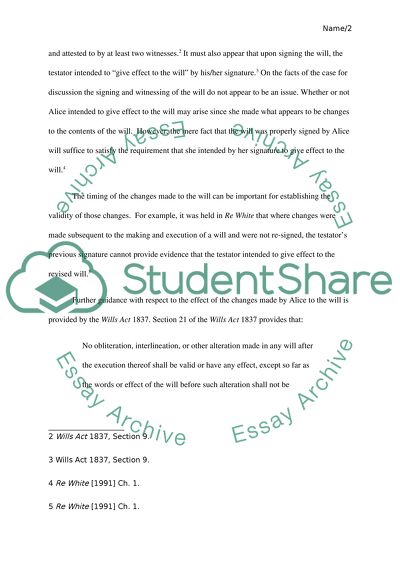Cite this document
(“Law issues Essay Example | Topics and Well Written Essays - 2500 words”, n.d.)
Retrieved from https://studentshare.org/law/1403312-testate-and-intestate-law
Retrieved from https://studentshare.org/law/1403312-testate-and-intestate-law
(Law Issues Essay Example | Topics and Well Written Essays - 2500 Words)
https://studentshare.org/law/1403312-testate-and-intestate-law.
https://studentshare.org/law/1403312-testate-and-intestate-law.
“Law Issues Essay Example | Topics and Well Written Essays - 2500 Words”, n.d. https://studentshare.org/law/1403312-testate-and-intestate-law.


